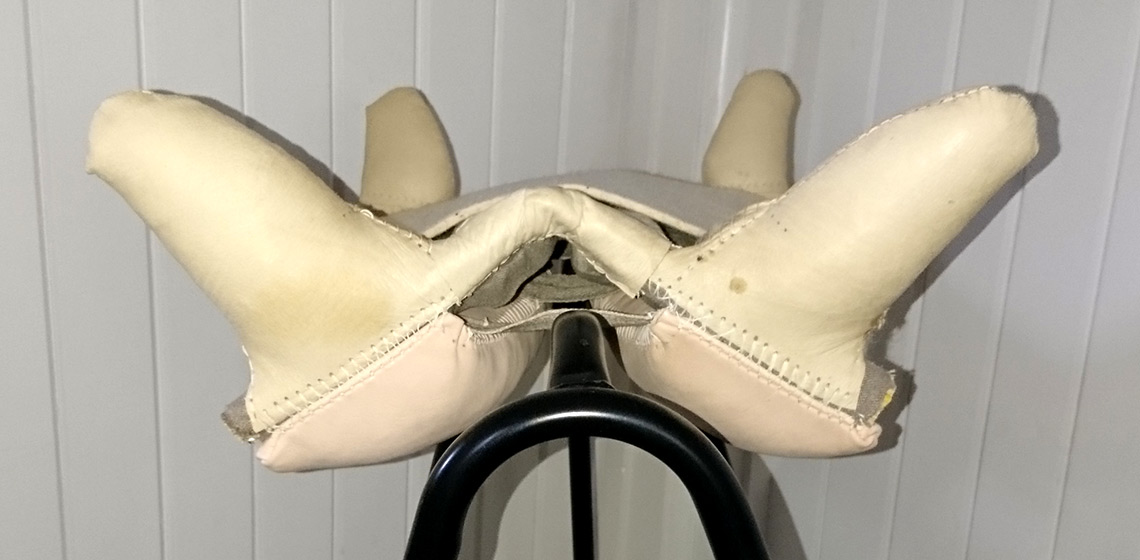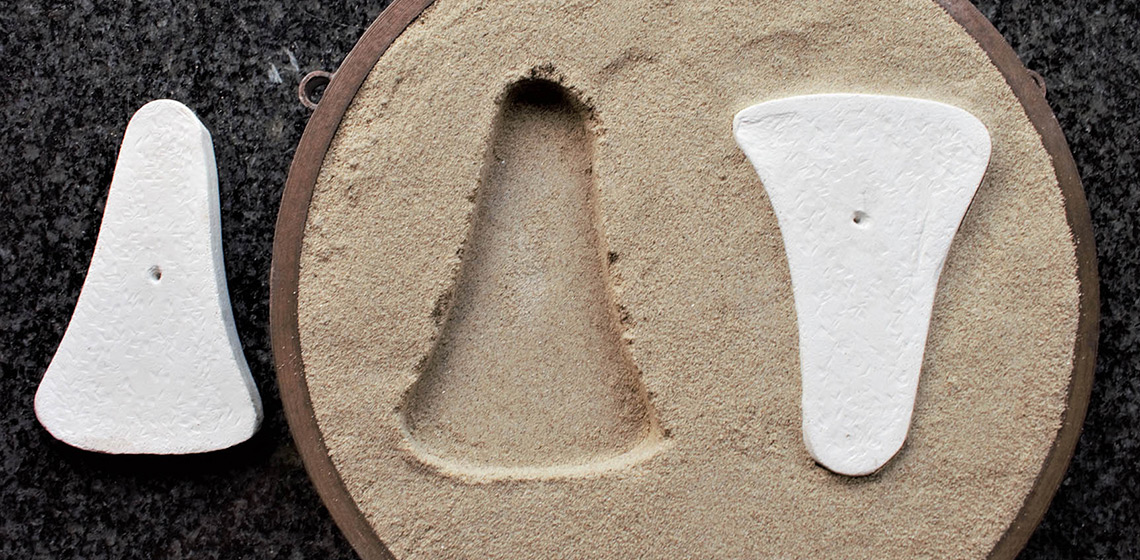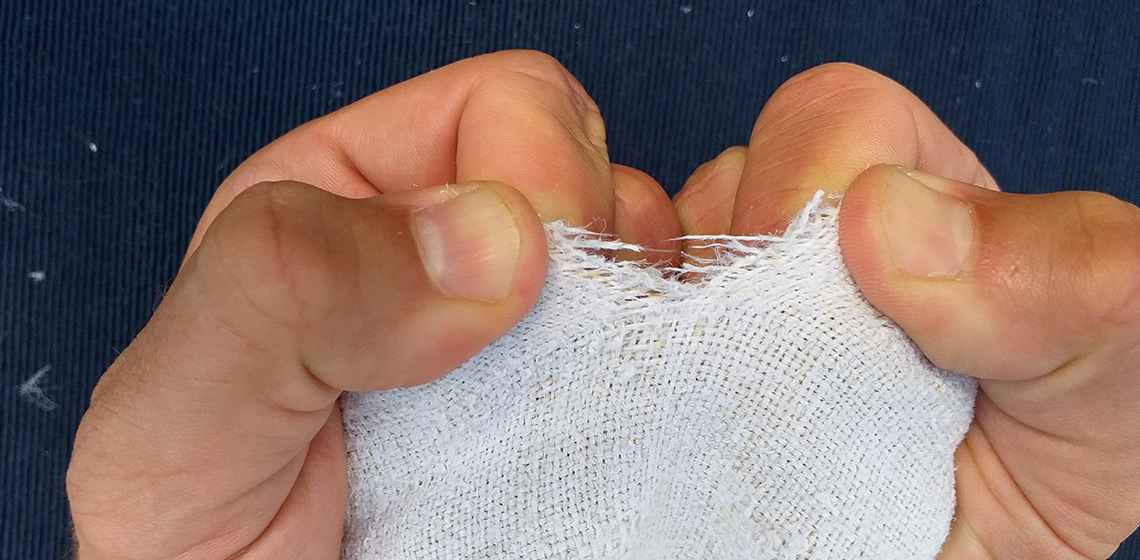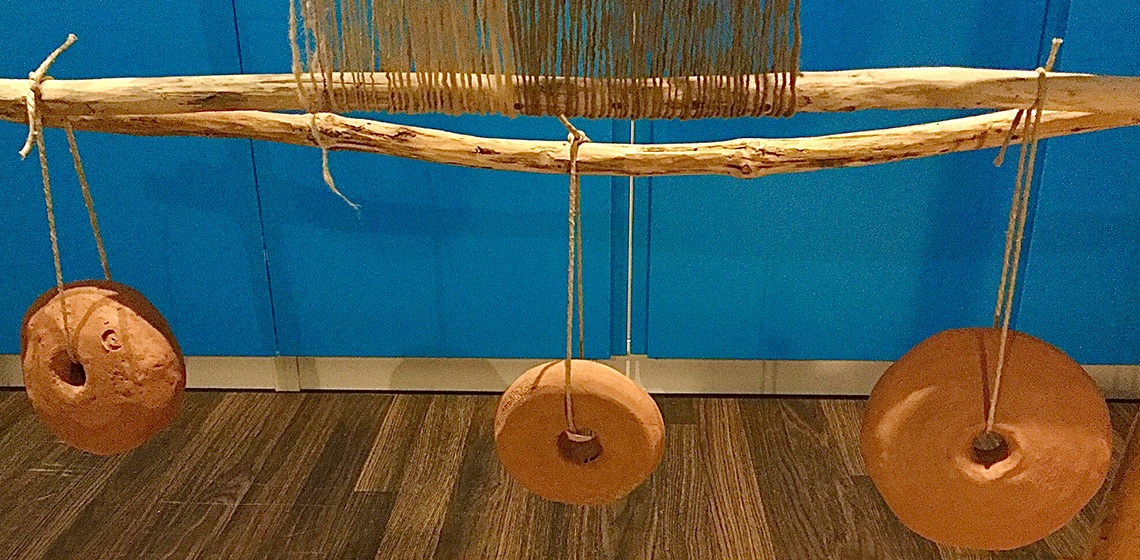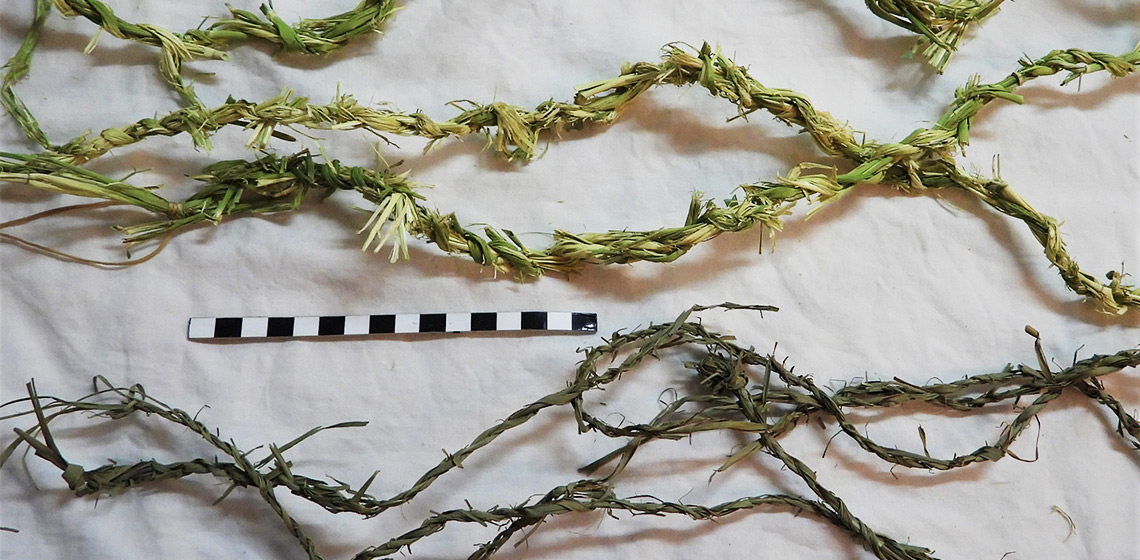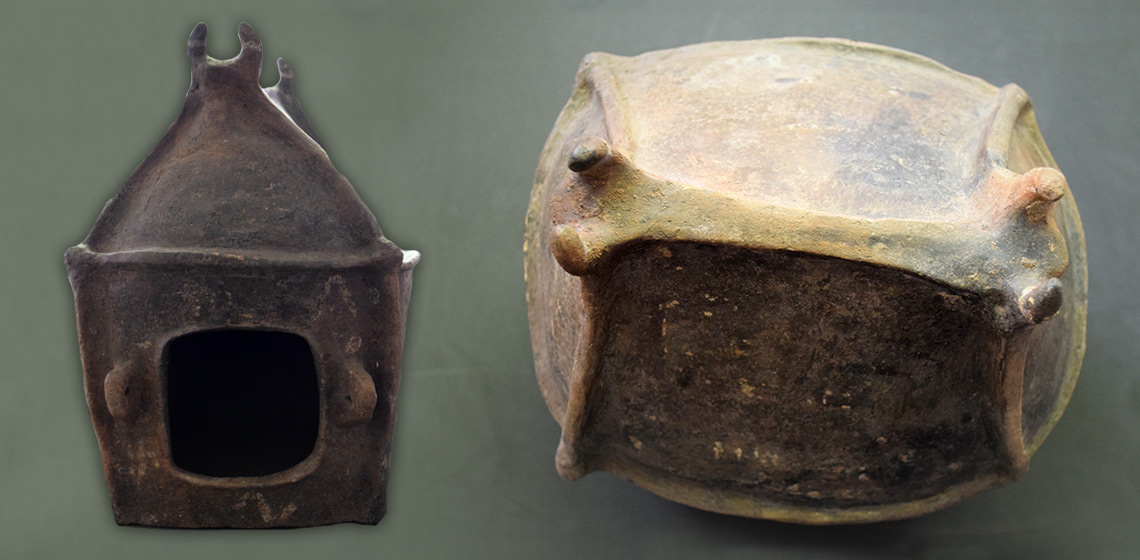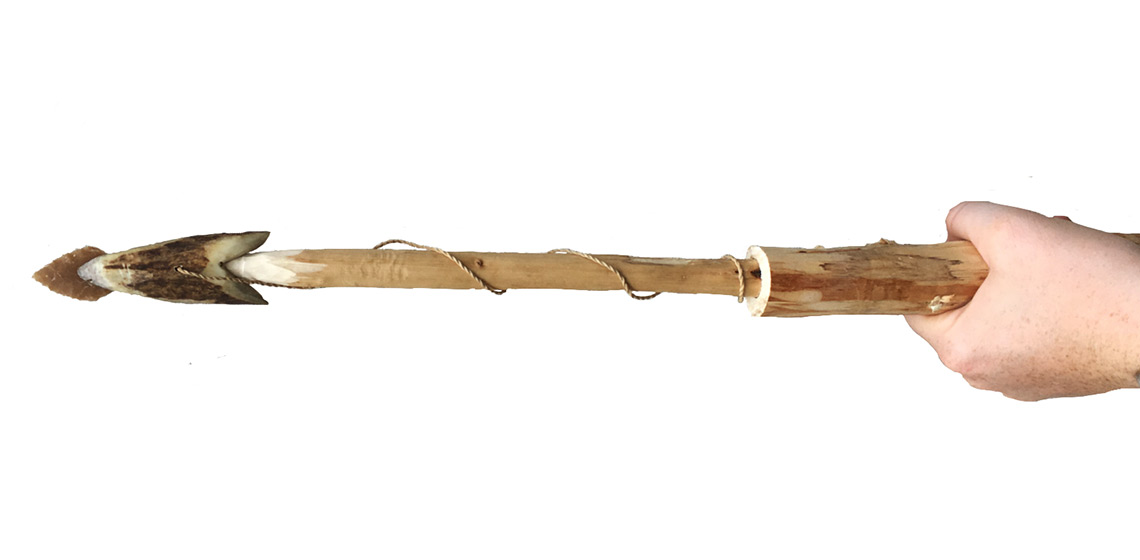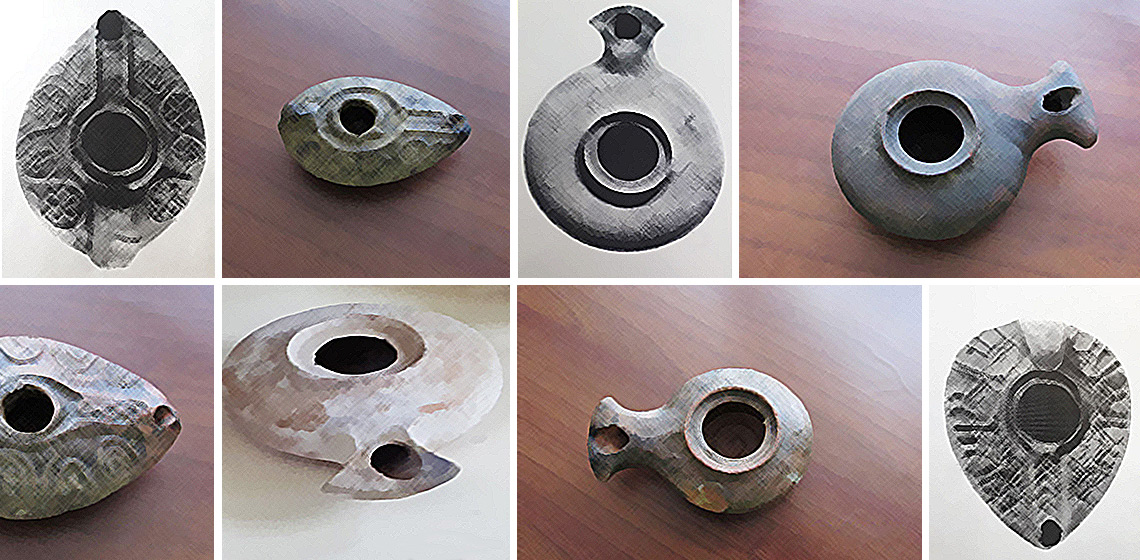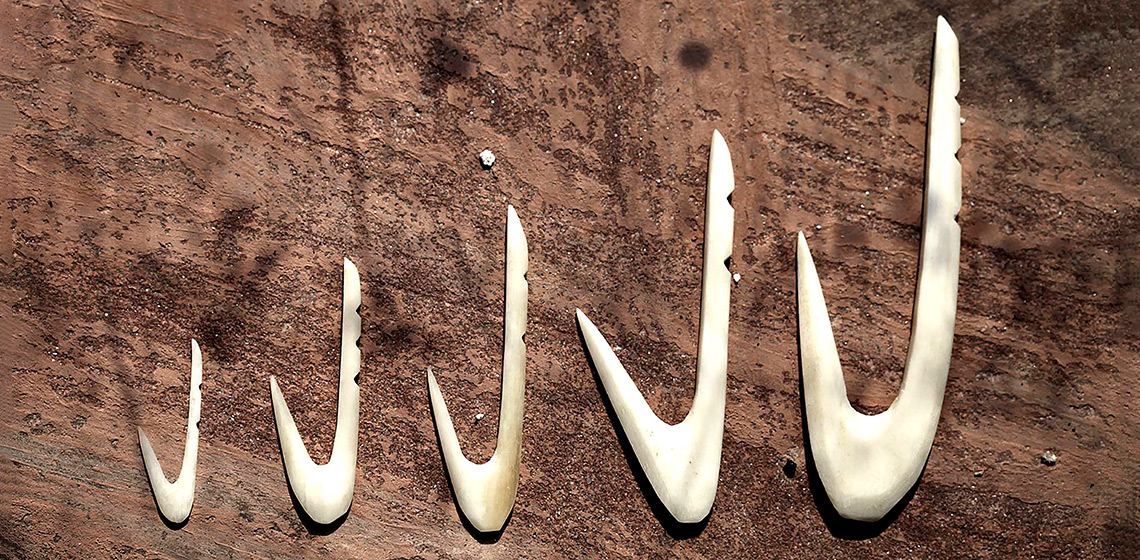Alternative Reconstruction of a First Century AD Roman Cavalry Saddle
Background
The design and the construction of the Roman saddle has not received much academic attention since the work done by Peter Connolly in 1986 (Connolly, 1986, p. 353) and Connolly with Carol von Driel in 1991 (Connolly, P, van Driel-Murray, C, 1991, pp. 33-50) .
